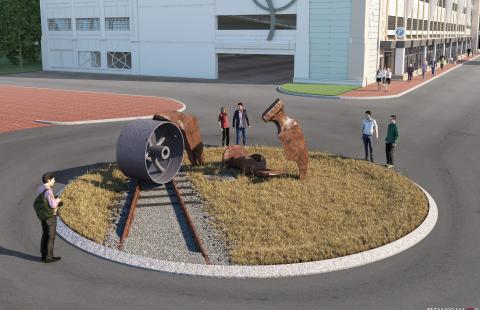What were the specific goals of this creative economy project? Describe the community development challenge or opportunity that your project was designed to address:
The goal of this project was to see a fully realized Percent for Art project to fruition. Previously, there wasn’t enough political will among the city council to do this, but through education and advocacy, Art-Speak was able to see this project through the proper channels to stunning success.
Who was involved in this project and what did they do? (be sure to include the partners from outside of the creative sector and how local voices were included):
Art-Speak board members and staff
Community members on the project planning committee (made up of designers, policy makers, residents, artists, abutters, city staff, and the person overseeing the construction of the garage)
The community via public input sessions
Local and regional artists via the call to artists
How does this project relate to a larger community development strategy?
This project fits into the city of Portsmouth master plan which includes place-making, creative place-making, public gathering spaces, pubic art, and special consideration of the city’s rich historic and cultural identity.
What projects or places, if any, inspired your approach to this creative economy project?
We learned a lot about community involvement and buy-in from the success of the the African Burying Ground, which is just a few blocks away.
